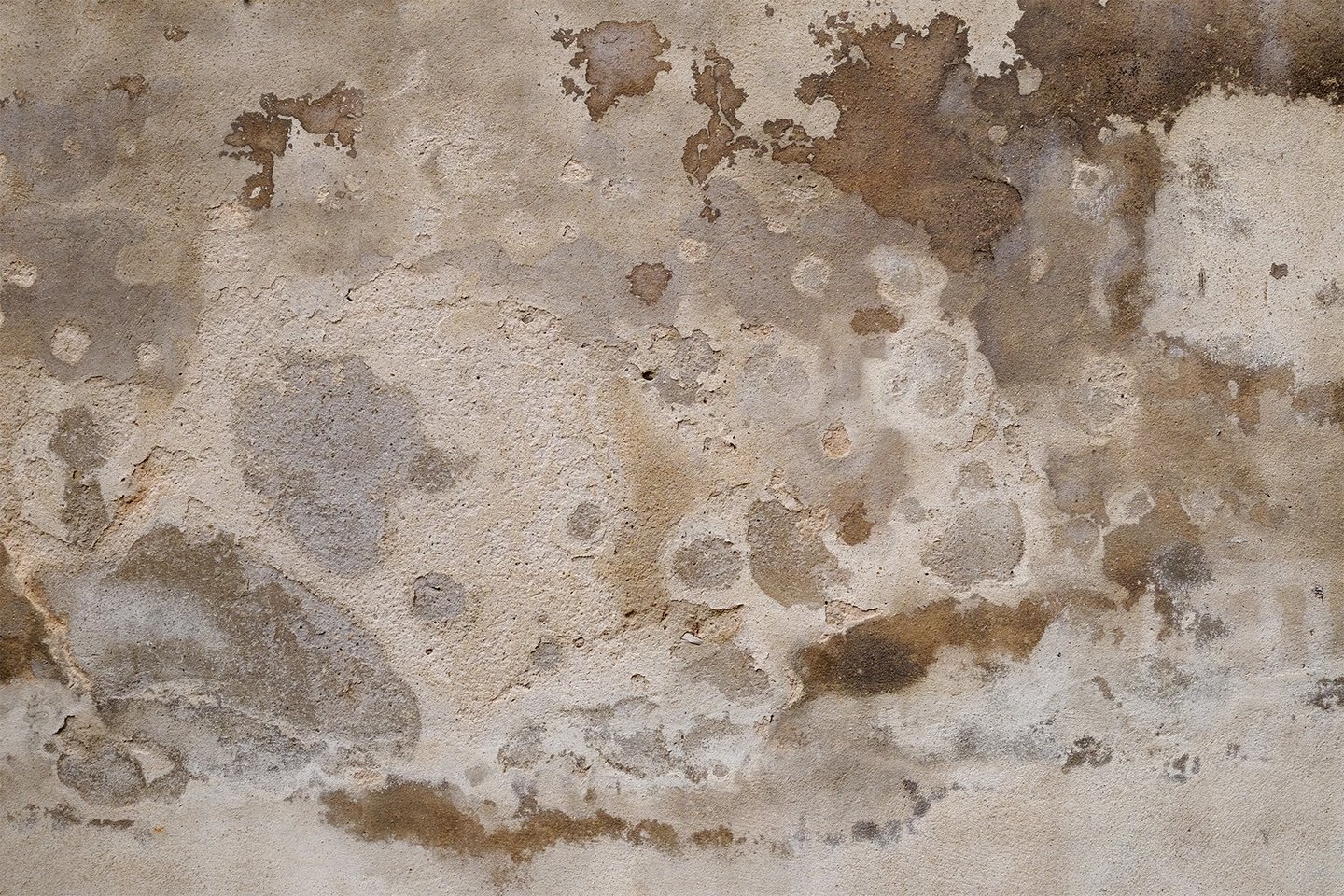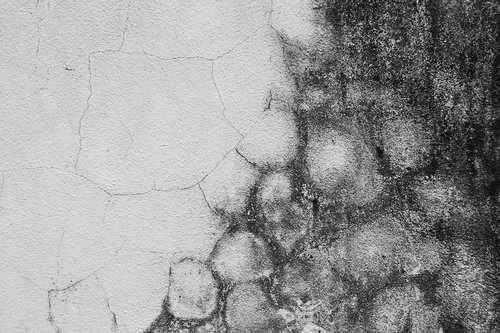
3 min read
Mold Matters: Health, Prevention and Remediation, Part 1
In Part One of this series, we explore the impacts of mold, some common types to look out for and its effects on health.

2 min read
In the final part of this series, we explore how to tackle mold when it is discovered and how to prevent it from making a comeback.
Discovering mold in the home can be unsettling due to the nasty health impact it can have – covered in Parts One and Two of this series. However, with the right information, it can be safely managed. Addressing mold issues promptly is essential to safeguarding both your home and your wellbeing.
In this final part of our series, we will guide you through the steps to take if mold is discovered, from initial assessment to thorough clean-up and knowing when to call in the professionals.
When you suspect mold in your home it's important to conduct an assessment to identify its extent. Look for visible signs, such as black spots or discoloration on walls, ceilings and floors. Musty odors often indicate hidden mold growth behind walls, radiators or under flooring. Pay attention to moisture-prone areas – bathrooms, kitchens, basements and around windows.
While mold poses a health risk, there are a number of things you can do to ensure you remain safe when tackling it.
Protective gear: Wear gloves, goggles and an N95 respirator mask to protect yourself from spores and mycotoxins.
Isolate: Prevent the spread of spores to the rest of the home by closing doors.
Ventilate: Open windows and use fans to create airflow while working. This helps to reduce the concentration of spores in the air.
Avoid disturbing mold: Do not disturb mold-infested materials by scraping, brushing or vacuuming without proper filtration as agitating mold can release more spores into the environment.
If you have discovered mold in a small area of your home, prompt action can prevent its spread and minimize health risks. Here is WLLW’s step-by-step guide.
Containment: Close doors and seal off the affected area with biodegradable plastic sheeting and low-tack tape. Use fans and open windows to improve ventilation.
Remove materials: Moldy porous materials such as carpet, drywall or insulation, may need to be removed. Seal materials in compostable or biodegradable bags for recycling where possible.
Clean surfaces: Mix mild detergent with water. Scrub the moldy surface thoroughly with a brush or sponge. For stubborn mold, use distilled white vinegar or hydrogen peroxide. Avoid bleach, as it can be harmful if mixed with other cleaning products and is not always effective at killing mold.
Disposal: Bag and seal all used cleaning materials, protective gear and moldy items. Mold-contaminated material is not regulated and can be disposed of as regular waste.
Professional mold remediation is necessary in several situations. If the mold is extensive (more than ten square feet), in a hard-to-reach place, there are individuals with respiratory problems in the property, or you suspect it has contaminated the HVAC system, it is time to call in the professionals. Certified inspectors will come to your home and use specialized equipment to detect hidden mold and assess indoor air quality.
Address moisture sources that led to the mold growth, such as leaks or humidity. Fix leaks promptly to prevent water intrusion. Ensure proper ventilation in bathrooms and kitchens to reduce humidity. Conduct routine checks for water damage, leaks or condensation, inspect moisture-prone areas for infestations and clean your home regularly. These measures will lead to a healthier, mold-free home.
The views and opinions expressed by WLLW are for general informational purposes only and should not be construed as professional advice. Readers are encouraged to seek the guidance of certified mold remediation specialists as every circumstance is unique and proper care should be taken to address mold issues effectively and safely.
Photographer: srckomkrit/Adobe

3 min read
In Part One of this series, we explore the impacts of mold, some common types to look out for and its effects on health.

2 min read
Part Two of this series covers the measures you can take to prevent mold from taking hold in the home.